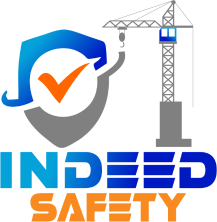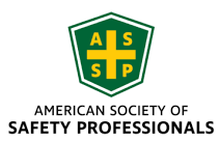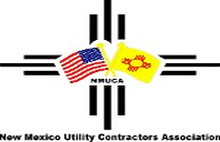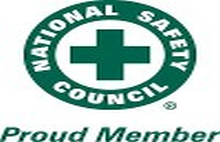
Partnering for a safe worksite!
INDEED SAFETY INC.
Volume 1/Issue 1
A Recent Success
Recently completed projects:
- Los Alamos National Laboratory
- SCC Cooling Tower Project
- E. Jemez Road Erosion Control Project

Circa 2015
COVID 19 SELF SCREENING
If screening workers, written questionaires must be saved for at least 30 years
J.J. Keller Safety
Many employers now check employees’ temperatures upon arrival for work to identify workers potentially infected with the SARS-CoV-2 virus that causes COVID-19. Some employers even ask employees to fill out questionnaires on how they’re feeling. A guidance from OSHA and CDC pointed out that such documentation would be a “medical record” that must be retained according to 1910.1020.
Specifically, the OSHA/CDC joint guidance for meatpacking plants discussed options such as taking temperatures and performing other screening, with tips on how to perform these tasks safely. Then, a footnote to that section stated:
Employers should evaluate the burdens and benefits of recording workers’ temperatures or asking them to complete written questionnaires. These types of written products become records that must be retained for the duration of the workers’ employment plus 30 years.
While OSHA and CDC recommend screening workers, an employer may want to avoid documenting temperature readings and use verbal rather than written questionnaires.
Screening workers is an optional strategy. If implemented, policies and procedures should be developed in consultation with state and local health officials and occupational medicine professionals. Options to screen workers for COVID-19 symptoms include:
- Screen prior to entry into the facility.
- Provide verbal screening to determine whether workers have had a fever, felt feverish, or had chills, coughing, or difficulty breathing in the past 24 hours.
- Check temperatures at the start of each shift to identify anyone with a fever of 100.4 degrees Fahrenheit or greater (or reported feelings of feverishness). Ensure that screeners wear appropriate PPE, are trained to use temperature monitors, and that monitors are accurate under conditions of use (such as cold temperatures).
- Do not let employees enter the workplace if they have a fever of 100.4 or greater (or reported feelings of feverishness), or if screening results indicate that the worker is suspected of having COVID-19.
If a worker does not meet the screening criteria, encourage him or her to self-isolate and to contact a healthcare provider. Provide the worker with information on your return-to-work policies and procedures. Then, inform human resources, the employer health unit (if any), and the worker’s supervisor so workload adjustments can be made.
Those performing screening should be protected from exposure to potentially infectious workers entering the facility. This may include:
- Engineering controls such as physical barriers or dividers or rope and stanchion systems, to maintain at least six feet of distance between screeners and workers being screened.
- If screeners need to be within six feet of workers, provide them with appropriate PPE based on the repeated close contact the screeners have with other workers. Such PPE may include gloves, a gown, a face shield, and, at a minimum, a face mask.
INDEED SAFETY INC.
Indeed Safety consultants have a proven track record for successful safety management programs for all types of clients including owner controlled programs, a full array of safety training services, safety program development with implementation for site safety management throughout the United States.
Call or Message UsAffiliations
Copyright©2020 Indeed Safety,Inc.
Website by MaJillo Virtual








